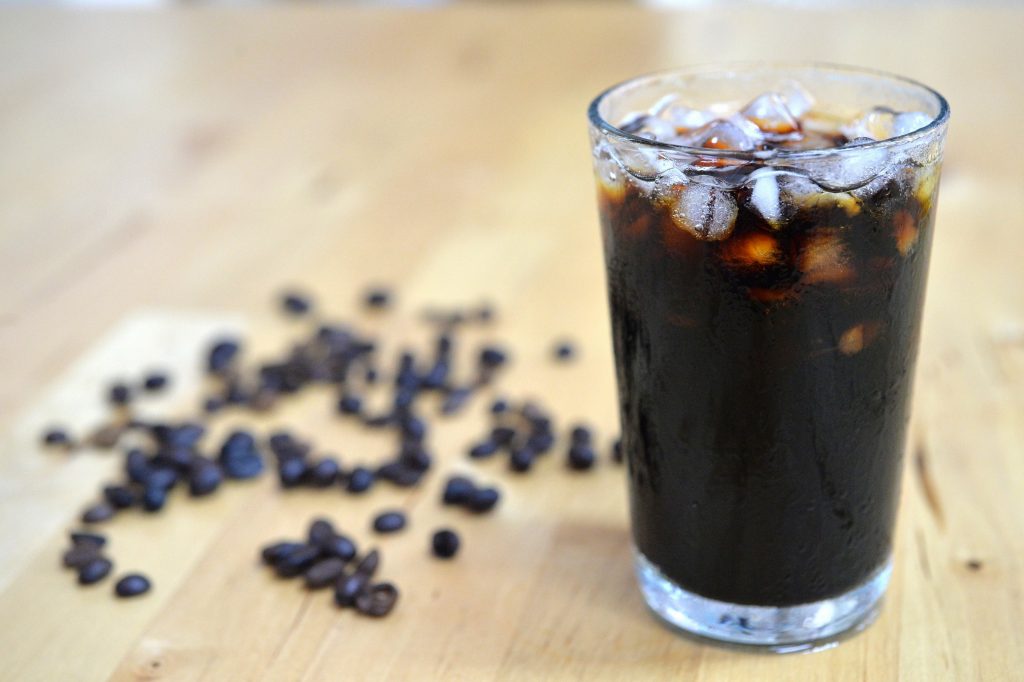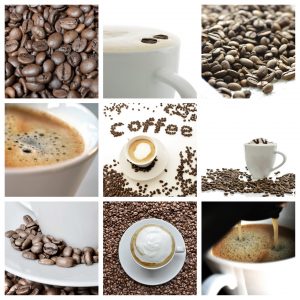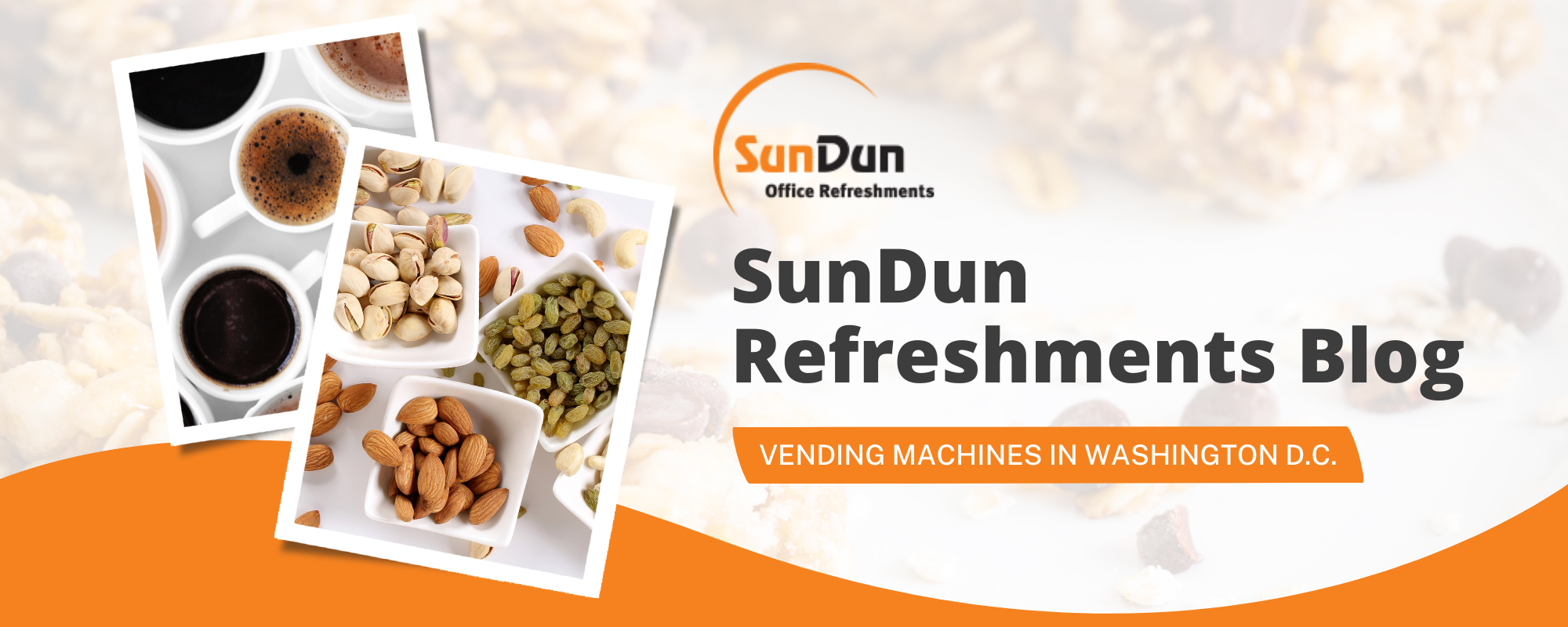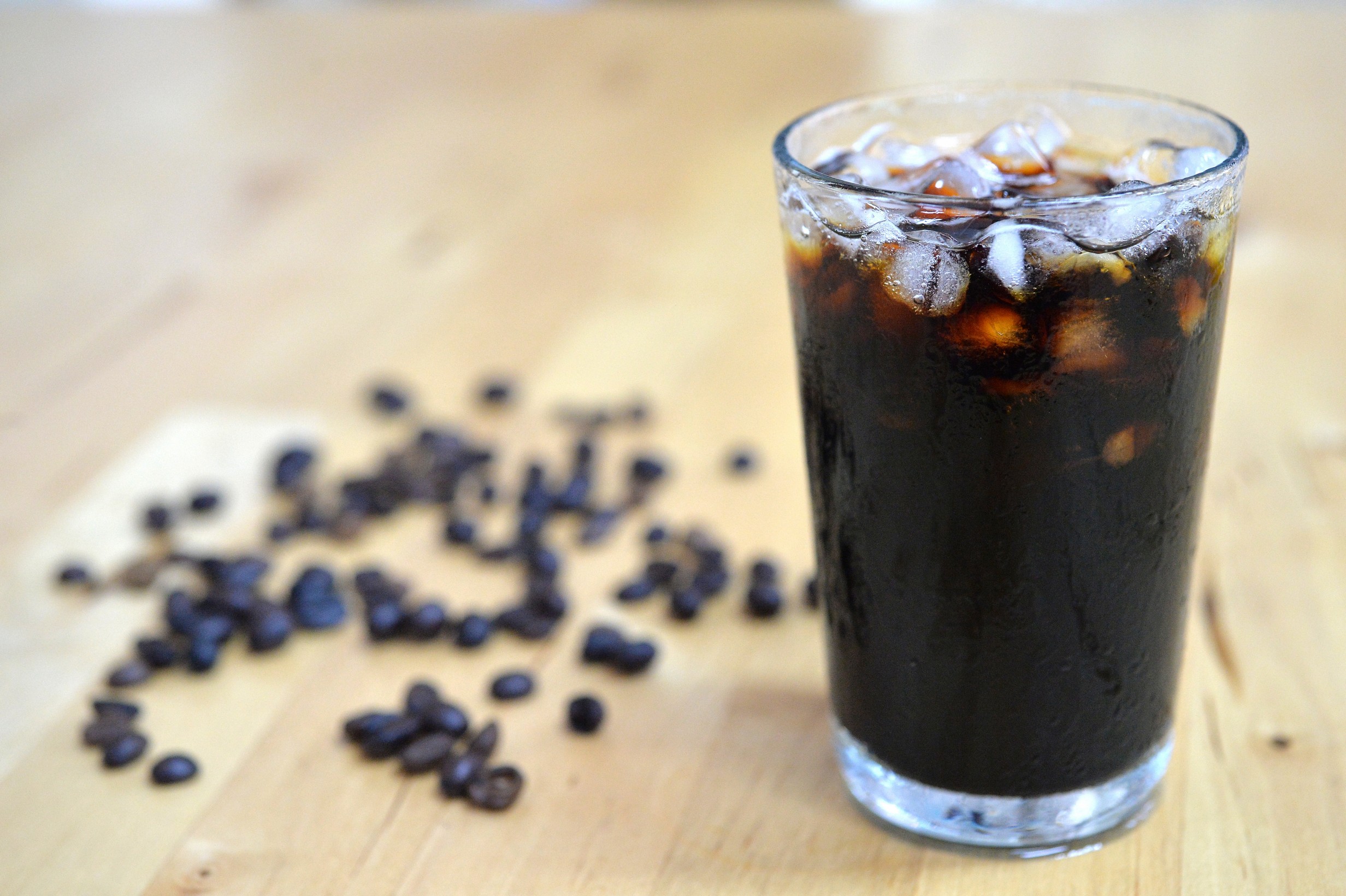
Have you noticed that coffee has had a makeover? Kyra Auffermann, National Coffee Association communications and content manager, described it best when she wrote,
“Coffee” used to be associated with a traditional percolated brew, consumed at home at the breakfast table. Now the perception of coffee has expanded to include an afternoon nitro cold brew while working at a café, or a bottle from a vending machine in the train station after work.
And the makeover has definitely had a positive impact. 62 percent of Americans now drink coffee on a daily basis—up from 57 percent in 2016. How that coffee is prepared at home, and the types of coffee consumers drink have also changed.
Single-Cup Brewing
The introduction of single-cup brewing systems has impacted how consumers prepare their coffee at home and at work. Not only have single-cup brewing systems had a 500 percent growth rate since 2012 but 33 percent of U.S. households now own one. The flexibility of the single-cup brewing system takes into account individual preferences when compared to traditional drip brewers and allows users to enjoy all types of coffee as well as tea and hot cocoa; a bonus at any Washington D.C. workplace.
Gourmet Coffee
The classification, gourmet coffee, covers many different types of coffee beverages and represents 59 percent of coffee consumed daily; a 13 percent increase since 2012. Gourmet coffee offers consumers a way to experience new flavors and preparation methods. While there isn’t a specific definition for gourmet coffee, for a beverage to be called gourmet coffee, it must meet several criteria. Gourmet coffee…
- is “specialty coffee” consumed any time of the day
- is often not made at home
- must meet a higher level of quality
- is more expensive than traditional coffee as consumers are willing to pay more for better drinks
- includes non-espresso based beverages such as cold brew, nitro coffee, and frozen blended coffee

And it’s not just one segment of the population that is requesting gourmet coffee beverages. In fact, individuals between 40 and 59 years of age had a 16 percent increase in daily consumption followed by 10 percent for those 60+ and 9 percent for 25 to 39-year-olds. With the increase in coffee consumption at all times of the day, it isn’t surprising that research has found that coffee service at work is a benefit that Washington D.C. employees value.
Does your coffee service match what your employees are looking for—individual gourmet choices? We can help you meet those needs by developing a plan for new coffee service or upgrading your current break room. Contact SunDun Office Refreshments at 800.466.2731 to make the next step.
 Skip to content
Skip to content 